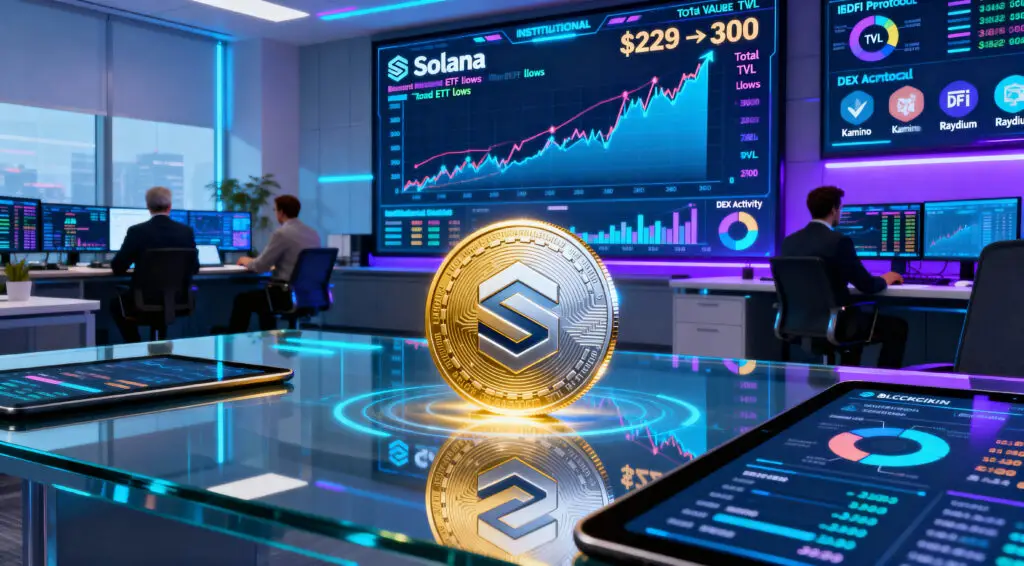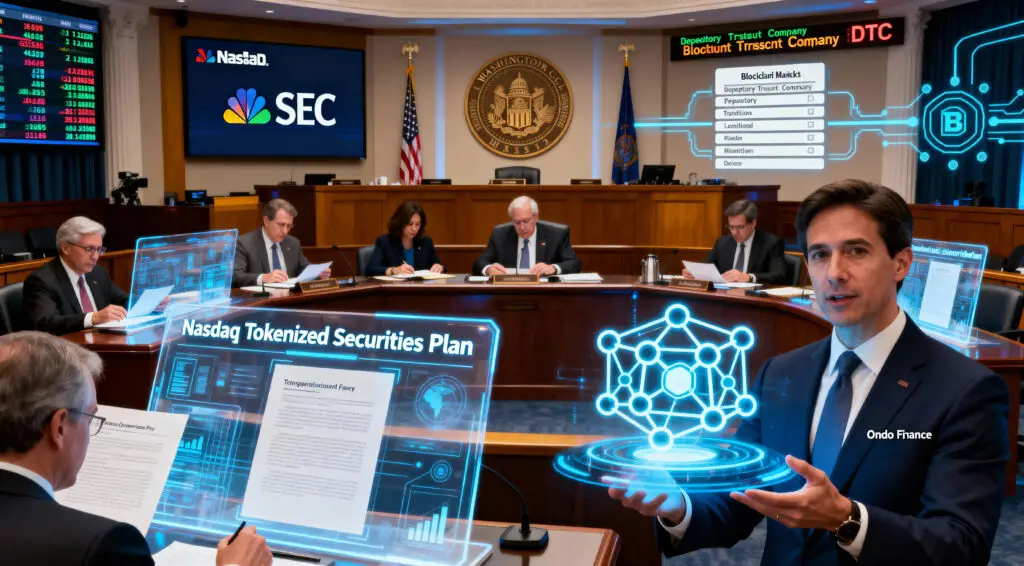XRP Powers Efficient Global Remittance Networks
XRP’s core strength lies in its ability to streamline international remittances, replacing outdated systems like SWIFT with instant, low-cost transfers. The token serves as a bridge currency that eliminates pre-funding requirements, helping money move between banks and payment providers in seconds.
Projects like SBI Remit and Tranglo have leveraged XRP to connect markets across Asia, Africa, and Latin America, bringing speed and financial inclusion to millions of unbanked users.
Loyalty and Travel Programs Drive Everyday Utility
Beyond banking, XRP is gaining traction in consumer industries, powering loyalty and travel reward programs. Firms like Webus and Wetour are integrating XRP to create blockchain-backed vouchers and travel rewards that users can spend worldwide.
By embedding XRP into customer experiences—airport transfers, hotel payments, and exclusive memberships—the token transitions from a speculative asset into an everyday payment method. This shift expands XRP’s role from investment to real-world application.
Institutions Adopt XRP as a Treasury and Settlement Asset
Major institutions now hold XRP as part of their operational reserves, recognizing its efficiency for cross-border settlements. SBI Holdings, Santander, and even Bank of America have tested or integrated RippleNet solutions that rely on XRP for liquidity management. These developments signal a shift from speculative use to institutional-grade adoption. Corporate treasuries holding XRP add tangible demand and reinforce its position as a trusted financial instrument.
Recommended Article: Remittix Gains Momentum as Investors Compare It to Early-Stage XRP
The XRP Ledger Enables Innovation and Tokenization
The XRP Ledger (XRPL) stands out for its speed, scalability, and minimal fees, completing transactions in just three to five seconds. Unlike proof-of-work blockchains, XRPL’s consensus mechanism consumes minimal energy while maintaining reliability.
Recent upgrades, such as the XLS-20 amendment for NFTs and the proposed XLS-70 and XLS-80 standards, enable advanced tokenization and identity tools. From tokenized assets to decentralized finance applications, XRPL continues to evolve as a foundation for enterprise blockchain innovation.
Legal Clarity Strengthens XRP’s Global Expansion
Following years of regulatory uncertainty, Ripple’s legal victory over the U.S. Securities and Exchange Commission in 2025 granted XRP clear legal standing. The decision confirmed that XRP is not a security when traded on exchanges, removing a key barrier for U.S. investors and institutions. Globally, markets like Japan and the European Union already recognize XRP within compliant frameworks, boosting its legitimacy and paving the way for deeper adoption.
Expanding Network Effects Support Long-Term Growth
The XRP ecosystem now includes over 6.6 million active wallets, supported by exchanges, remittance partners, and corporate participants. Growth in user accounts and institutional reserves creates a reinforcing cycle of liquidity and utility. As banks, fintechs, and travel providers integrate XRP, its reach expands across consumer and enterprise sectors alike. Each new integration strengthens its position as a network bridge for digital and fiat finance.
The Road Ahead: Competing With Stablecoins and CBDCs
Despite strong fundamentals, XRP faces competition from stablecoins like USDC and emerging central bank digital currencies. These rivals benefit from regulatory backing and deep liquidity networks. XRP’s challenge will be scaling adoption from integrations to active usage, proving that it can compete in speed, cost, and reliability.
Yet with global clarity, institutional trust, and growing network participation, XRP remains one of the most credible contenders for powering the future of cross-border value exchange.























